Dalberg uses cookies and related technologies to improve the way the site functions. A cookie is a text file that is stored on your device. We use these text files for functionality such as to analyze our traffic or to personalize content. You can easily control how we use cookies on your device by adjusting the settings below, and you may also change those settings at any time by visiting our privacy policy page.
OUR IDEAS
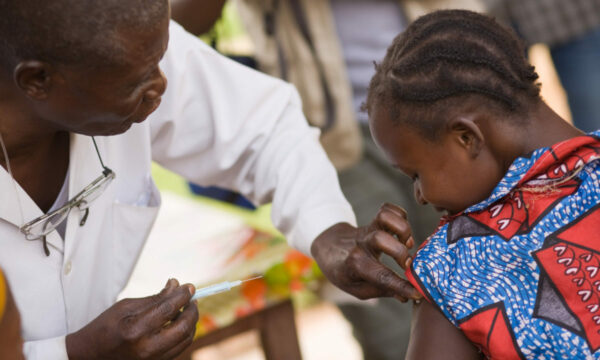
Immunization Programs In Africa: A New Path Forward
Two decades into a mission that has saved millions of lives by supporting immunization efforts in developing countries, Gavi, the Vaccine Alliance, is carving a path for countries to sustainably finance and manage their own health programs in the medium-...
READ MORE »
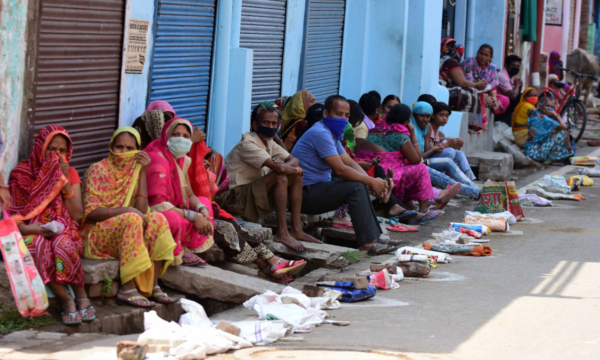
Covid in India: Analyzing the Socio-Economic Impact and Efficacy of Early Government Relief Efforts
A survey of 47,000 low-income households across 15 states in India highlighted how entitlement schemes could adapt to families’ needs in a time of crisis, and helped inform what is needed for the path ahead.
READ MORE »

The Opportunity to Reverse Devastating Biodiversity Loss through a Nature-Positive Economy
Earth’s biodiversity is disappearing at an unprecedented rate. Its continued loss would be dire for humanity, but a new report published by the WWF in collaboration with Dalberg sets out deliberate choices that if acted on by governments, policy holders...
READ MORE »
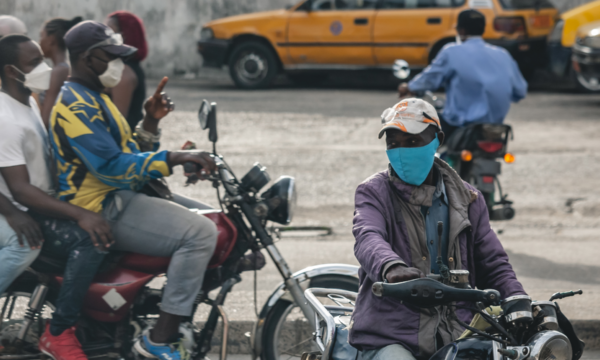
Indexing Vulnerability: Developing a Custom Snapshot of COVID Risk in West Africa
Demography, access to healthcare, and movement all play a role in determining each country’s ability to navigate the pandemic. Dalberg Research’s Location Analytics (LOCAN) database and derived vulnerability index aid in ensuring that help is reaching the places it is...
READ MORE »
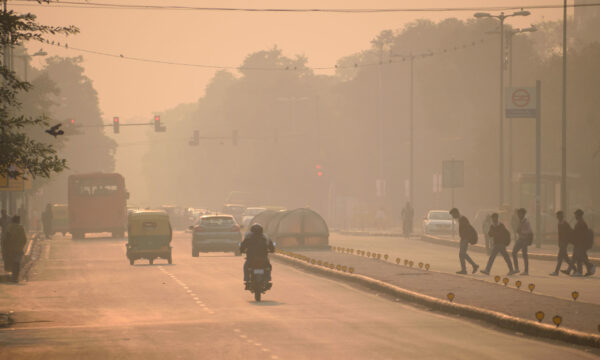
More than a Public Health Crisis: Air Pollution’s Impact on the Indian Economy
Air pollution costs Indian businesses about USD $95 billion every year, around 3% of India’s total GDP. To save lives and improve economic prospects, businesses and policymakers must become more active advocates for clean air by showing how much the...
READ MORE »
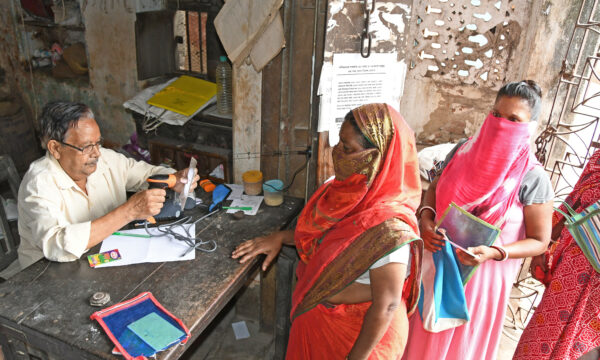
Minimizing the impact of the pandemic on India’s most vulnerable populations
During a crisis, the emphasis needs to be on including those who really deserve the help rather than making sure the wrong people are kept out. An Indian Express Op Ed written by Dalberg’s Gaurav Gupta, Omidyar Network India’s Roopa...
READ MORE »
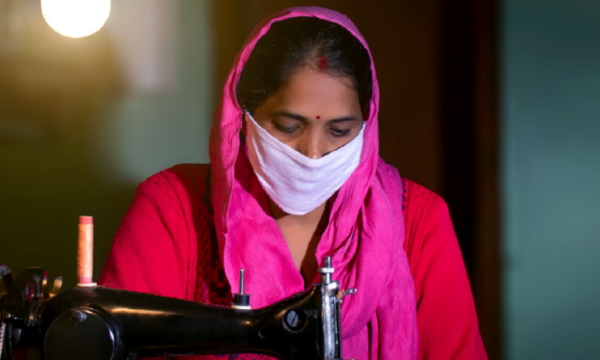
The Disproportionate Impact of Covid-19 on Women in India — And New Hope for Recovery Efforts
Supporting women's recovery from the pandemic would be a wise investment for governments and could help mitigate the long term impact of the pandemic on future generations, a study by Dalberg suggests.
READ MORE »
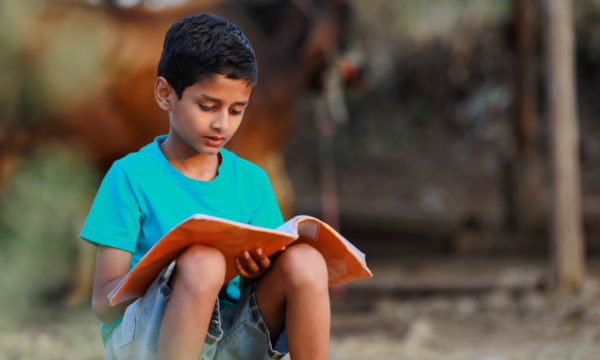
Learning During Covid-19 School Closures: A Rapid Assessment
Schools across India were closed in mid-March 2020 as a result of the Covid-19 pandemic, impacting approximately 286 million students between the pre-primary and upper secondary school level. This is in addition to the more than six million children who...
READ MORE »

A Forest Economy for the Future: Generating Social and Economic Dividends From More Sustainable, Circular Sources
Forests are both an economic and environmental lifeline. It is possible to both increase use of products derived from them, while at the same time protecting biodiversity and forest cover.
READ MORE »

Low-Wage Work, Low Quality Jobs: Understanding and Addressing Barriers to Job Quality for Low-Wage Workers
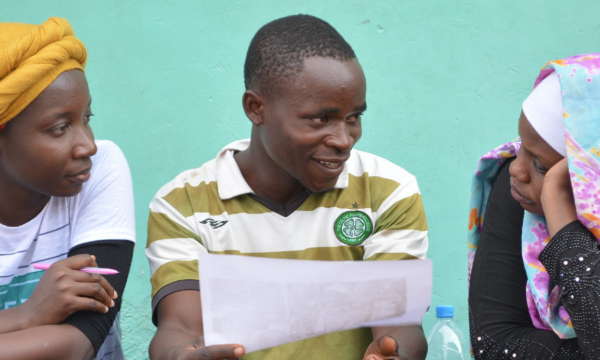
Strengthening Young People’s Involvement in Health Research
Young people’s views, knowledge and experience are crucial to health research — from which they are often excluded. In partnership with Wellcome Trust, Dalberg Advisors and Dalberg Design conducted a study that built a case for why young people's involvement...
READ MORE »
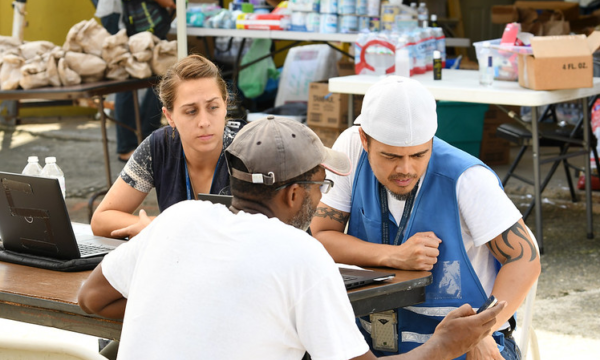
Scaling Impact Through Nonprofit Mergers and Acquisitions
For many NGOs, the pandemic has propelled new, creative ways of building partnerships and alliances with other organizations. Dalberg Associate Partner, Jeff Berger, and Senior Consultant, Noah Elbot suggest that the sector build on this momentum by looking to merger...
READ MORE »

